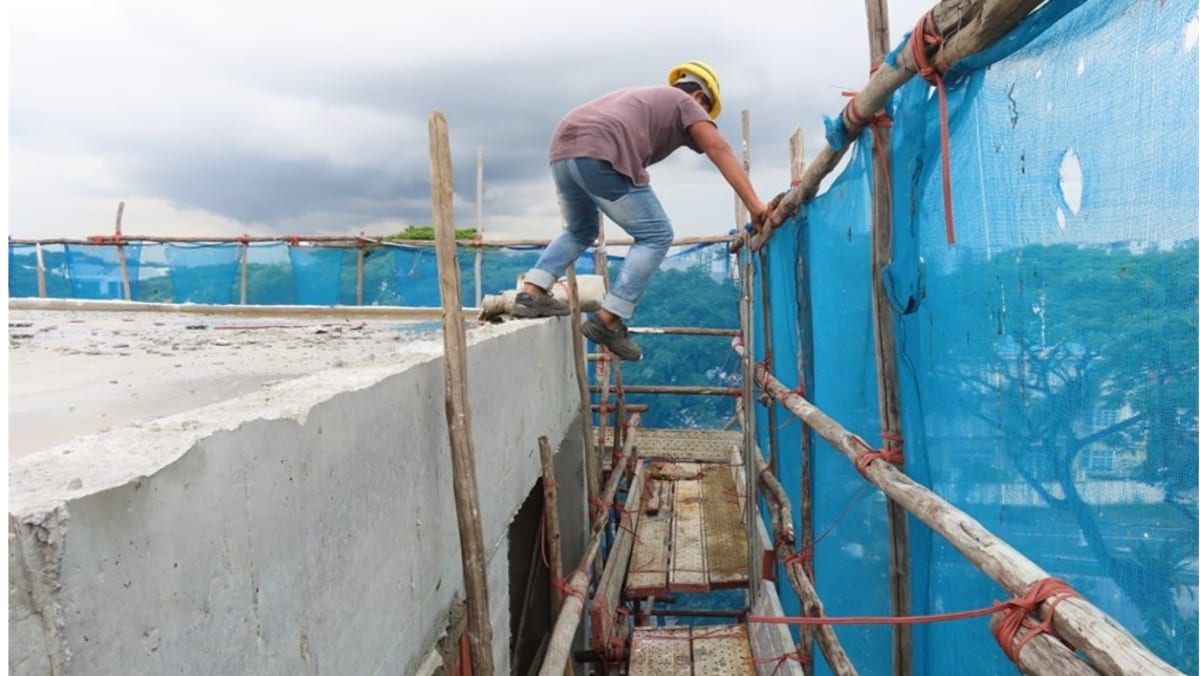Fewer workplace fatalities during heightened safety period but more major injuries: MOM
Mr Zaqy stressed that top management must “take responsibility” to strengthen WSH by integrating safety into all operations, and fostering a safe operations culture.
“You must also build workplaces where workers feel safe to speak up and empower them to raise WSH concerns without fear of repercussions,” he said.
“This way, the workers can confidently take care of themselves and their fellow workers.”
BRIGHT SPOTS AND AREAS OF CONCERN
To help SMEs digest reams of information about safety practices, authorities and regulators will distil and simplify existing safety guidelines and materials into bite-sized content, said Mr Zaqy.
He said the Multi-Agency Workplace Safety Taskforce (MAST), which was set up in October last year, will look into requirements for each sector to help improve safety standards that main contractors and sub-contractors must meet before they are awarded contracts.
“This will bring the interest of businesses into greater alignment with WSH. However, it is not always about the ‘stick’,” Mr Zaqy added.
“We would have to consider offering incentives for good WSH performance and practices as well, such as in procurement contracts, or work injury insurance.”
Responding to the media on whether the heightened safety period would be extended, he said authorities were still considering the issue.
“We’ve seen certain bright spots, but there are also still areas of concern that we think we can improve, so we are watching the indicators quite closely,” he said.
IAP panel members, comprising international and Singapore industry experts, also highlighted the need to ensure safety as a part of companies’ operations and culture.
They commended Singapore’s efforts in encouraging adoption of WSH technology and addressing WSH risks arising from climate change and green technology.
Mr Zaqy said Singapore had set out in 2017 its WSH 2028 vision, with targets in line with those of the safest countries in the world. The target set then was a workplace fatal injury rate at less than 1.0 per 100,000 workers by 2028.
“Last year, we faced some challenges as the economy reopened after COVID,” he said. “We must do what it takes to bring our WSH performance back on target.”
For all the latest business News Click Here

